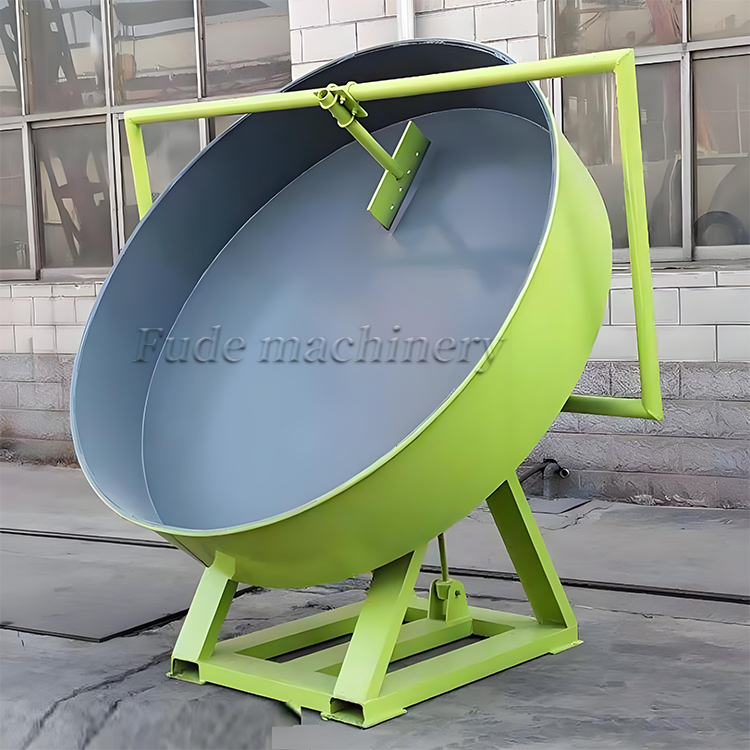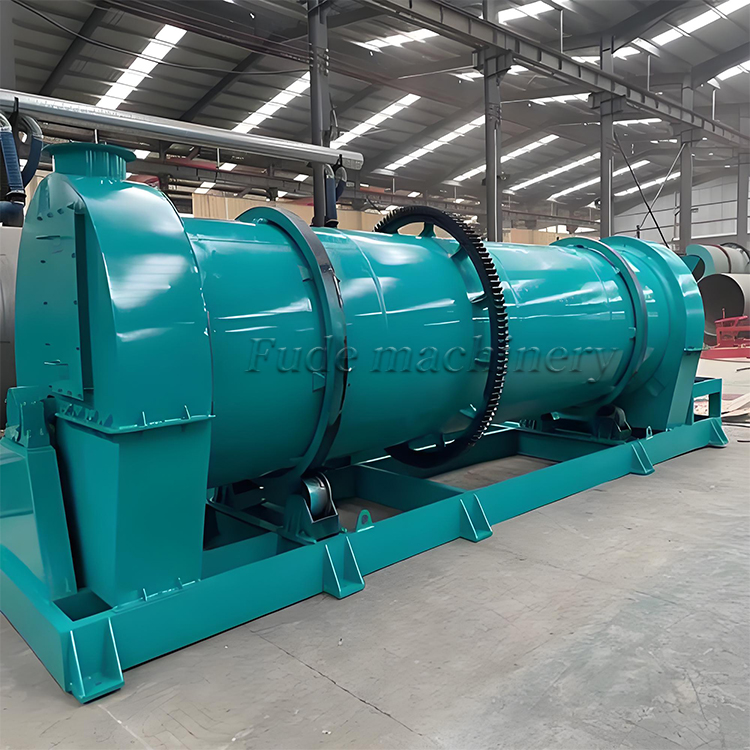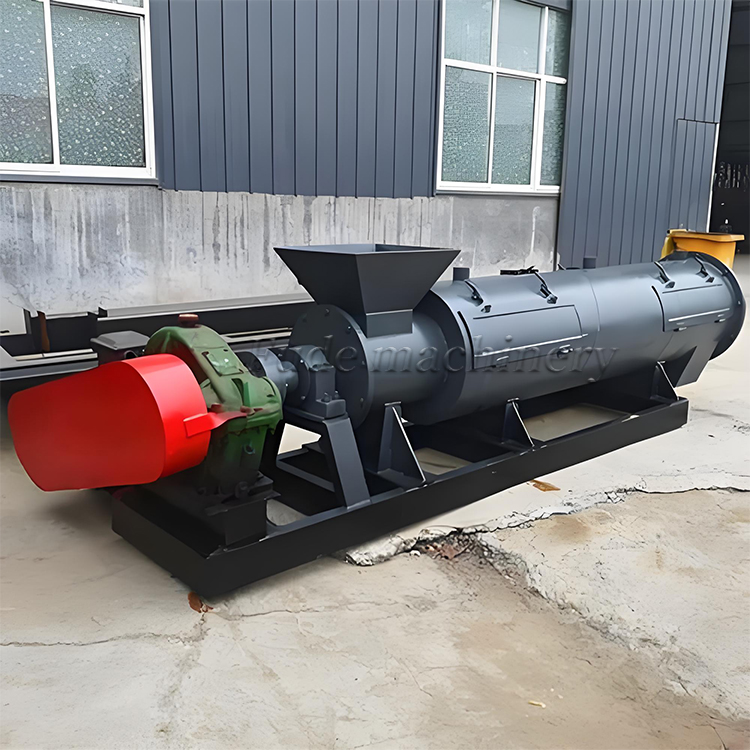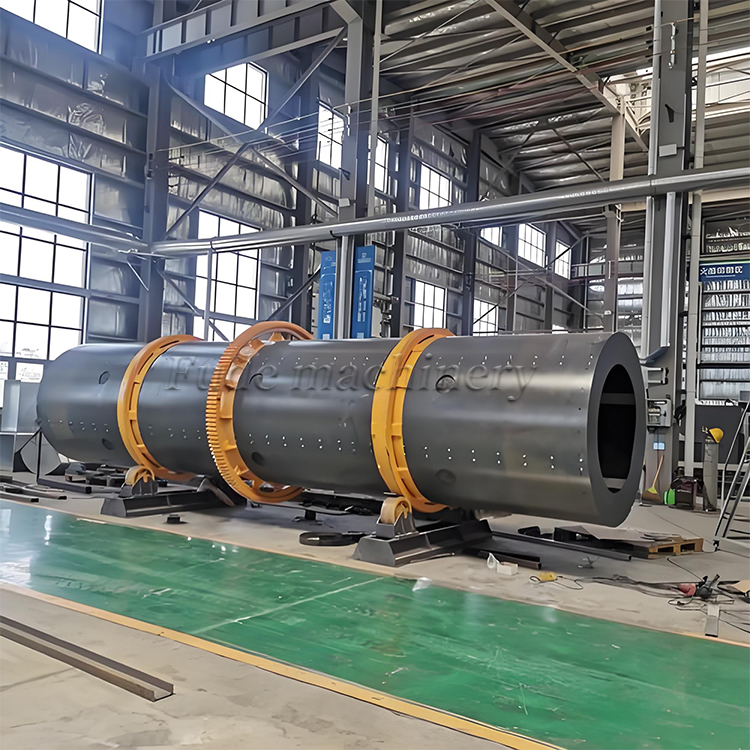Send A MessageWe support device customization. Please specify your material and model requirements, and we will reply to you promptly.
How to choose and configure an organic fertilizer granulator
Choosing and configuring an organic fertilizer granulator is a comprehensive consideration process involving multiple factors. The following are some key steps and precautions:
Clearly define the production scale and output demand
- Evaluate production: Determine the production demand of the organic fertilizer granulator based on the company’s production scale, market demand, and future development plan. Generally speaking, startups may require small equipment to test the market, while large-scale farms or fertilizer production companies require a high-yield organic fertilizer granulator.
- Equipment type selection: Choose the appropriate type of organic fertilizer granulator based on production demand. For example, small devices are suitable for small farms or household users, with a production capacity of 500-1000 kilograms per hour; Medium sized equipment is suitable for medium-sized agricultural cooperatives, with a yield of 1000-3000 kilograms per hour; Large scale equipment is suitable for large-scale fertilizer production enterprises, with a production capacity of up to 5000 kilograms per hour or even higher.
Consider the characteristics of raw materials and processing requirements
- Raw material type: The selection of organic fertilizer granulator also needs to consider the characteristics of the raw materials. For example, animal manure (such as pig manure, chicken manure) is rich in nutrients, but has high moisture and viscosity; Plant residues (such as bean seedlings and corn seedlings) require strong cutting tools and compression devices for processing.
- Adaptability: Choose a granulator that can handle specific raw materials to ensure the stability and efficiency of the equipment during the production process.
Pay attention to technical parameters and performance indicators
- Power: The higher the power, the higher the working efficiency of the granulator, but the energy consumption will also increase accordingly. We need to balance the relationship between production demand and energy consumption and choose the appropriate power.
- Granulation rate: refers to the proportion of raw materials converted into granules. A good granulator should have a granulation rate of over 90%.
- Particle size: Different markets have different requirements for particle size, and the equipment should be able to adjust the diameter of the particles according to the needs.
- Durability and Maintenance: High quality organic fertilizer granulators are made of sturdy materials that are wear-resistant, easy to maintain, and improve equipment usability.
- Safety performance: When designing, the safety of operation should be considered, and equipment with safety protection devices should be selected as much as possible.
Understand equipment configuration and production process
- Equipment configuration: High configuration equipment usually includes automatic batching devices, automatic packaging devices, automatic quantitative feeding devices, etc. These configurations can improve production efficiency and reduce labor.
- Production process: Understand the production process of organic fertilizer granulation, including fermentation, batching, stirring, granulation, drying, cooling, screening and other links, to ensure that the selected equipment can meet the requirements of the production process.




 Organic fertilizer equipment,organic fertilizer production line,organic fertilizer equipment factory
Organic fertilizer equipment,organic fertilizer production line,organic fertilizer equipment factory